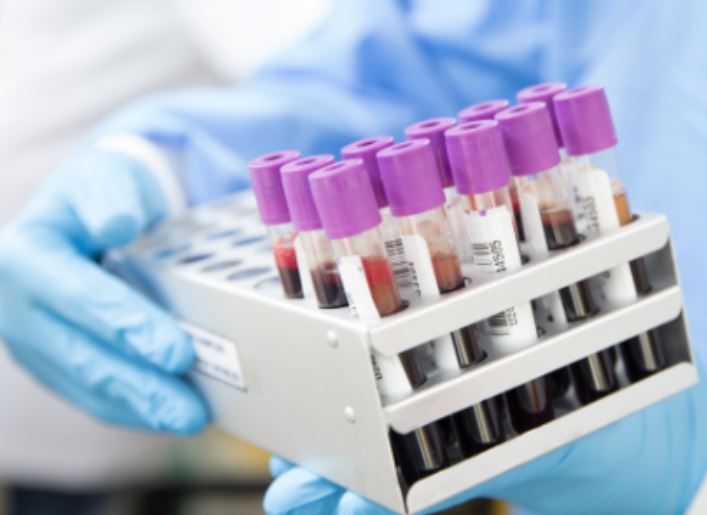The essence of single-group target value design is to compare the test results of the main evaluation indicators with the existing clinical data to evaluate the effectiveness and safety of the test device.
Compared with parallel control trials, the inherent bias of single-group trials is non-synchronous control bias, which may cause selection bias, confounding bias, measurement bias and evaluation bias due to out of synchronization in time. Since there is no control group, the clinical trial with the single-group target value design cannot confirm the superiority, equivalence or non-inferiority of the test device, but can only confirm that the effectiveness and safety of the test device meet the minimum standards recognized in the professional field.

A single-group target value design can be considered when test device is technically mature and the disease for which it is intended is well understood, or when it is objectively infeasible to set up a control group (For example, there's a great disparity i n risk-benefit between test devices and existing treatment methods ; another example, the existing treatment method is not feasible due to limitation of objective conditions.)
We recommend choosing RCT trial design for clinical trials, according to technical development and clinical application status of intracranial drug-coated balloon dilatation catheter, which does not conform to the basic principle of single-group target value design.

